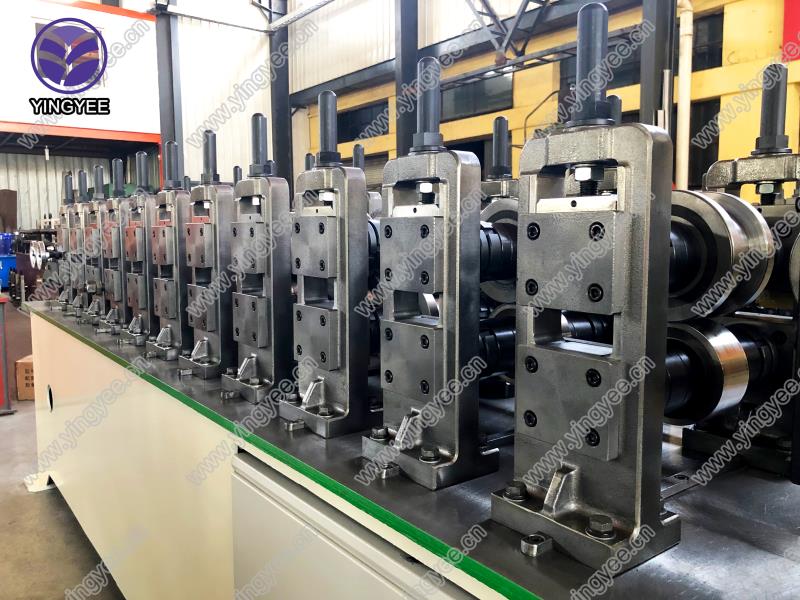
The Evolution and Advantages of Light Gauge Steel Framing Machines
In recent years, the construction industry has witnessed a significant shift towards innovative building methods and materials. One of the most remarkable advancements is the adoption of light gauge steel framing machines. These machines have revolutionized the way structures are built, allowing for increased efficiency, precision, and sustainability in construction projects.
Understanding Light Gauge Steel Framing
Light gauge steel (LGS) refers to thin sheets of steel that are cold-formed into various shapes and sizes, lending themselves to versatile and robust framing solutions. Unlike traditional timber framing, light gauge steel provides enhanced durability, resistance to pests, and improved fire safety. As a result, builders and architects are increasingly favoring this material for a wide range of applications, from residential buildings to commercial complexes.
The Role of Framing Machines
Light gauge steel framing machines are specialized tools designed to automate the creation of steel structural components. These machines can generate a variety of frame profiles and sizes depending on the project requirements. By utilizing advanced technology, these machines ensure greater accuracy, minimizing human error and reducing waste.
Key Advantages of Using Light Gauge Steel Framing Machines
1. Efficiency in Construction One of the primary benefits of using light gauge steel framing machines is the significant reduction in labor time and costs. These machines streamline the manufacturing process, allowing for rapid production of frame components. This efficiency not only accelerates construction timelines but also minimizes project delays caused by material shortages.

2. Enhanced Precision Automation provided by these machines leads to higher precision compared to manual fabrication. Computer numerical control (CNC) technology often accompanies these machines, allowing for intricate designs with tight tolerances. This precision is crucial, especially in large-scale projects where individual components must fit seamlessly together.
3. Sustainability The construction industry is under growing pressure to adopt sustainable practices. Light gauge steel framing machines contribute to this movement by reducing waste during the manufacturing process. Moreover, steel is a recyclable material, making it an environmentally friendly choice compared to traditional wood framing, which can contribute to deforestation.
4. Quality Control The automation and consistency that framing machines provide further enhance quality control. Machines can be programmed to meet specific industry standards, ensuring that every component produced meets high-quality requirements. This reliability translates to safer and more durable structures.
5. Versatility Light gauge steel framing is suitable for various types of construction projects, including low-rise and high-rise buildings. With the aid of light gauge steel framing machines, builders can easily adapt to changing designs or requirements, allowing for greater flexibility in the design process.
6. Reduced Material Costs The durability and strength of light gauge steel result in reduced material costs over time. Although the initial investment in machinery and materials may be higher than traditional framing methods, the long-term benefits of reduced maintenance and increased lifespan of the structure often outweigh these upfront costs.
Conclusion
The rise of light gauge steel framing machines marks a pivotal moment in the construction industry. Their ability to enhance efficiency, precision, sustainability, and quality control meets the growing demands for modern building practices. As technology continues to advance, the adoption of such machines is likely to expand, paving the way for greener, smarter, and more efficient construction methods. By embracing these innovations, builders can not only improve their operational efficiencies but also contribute to a sustainable future in the built environment.